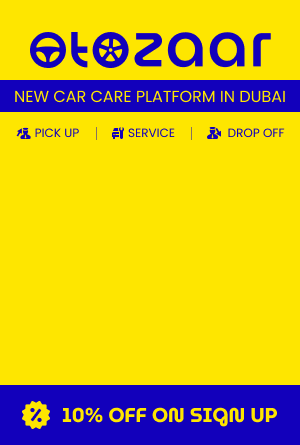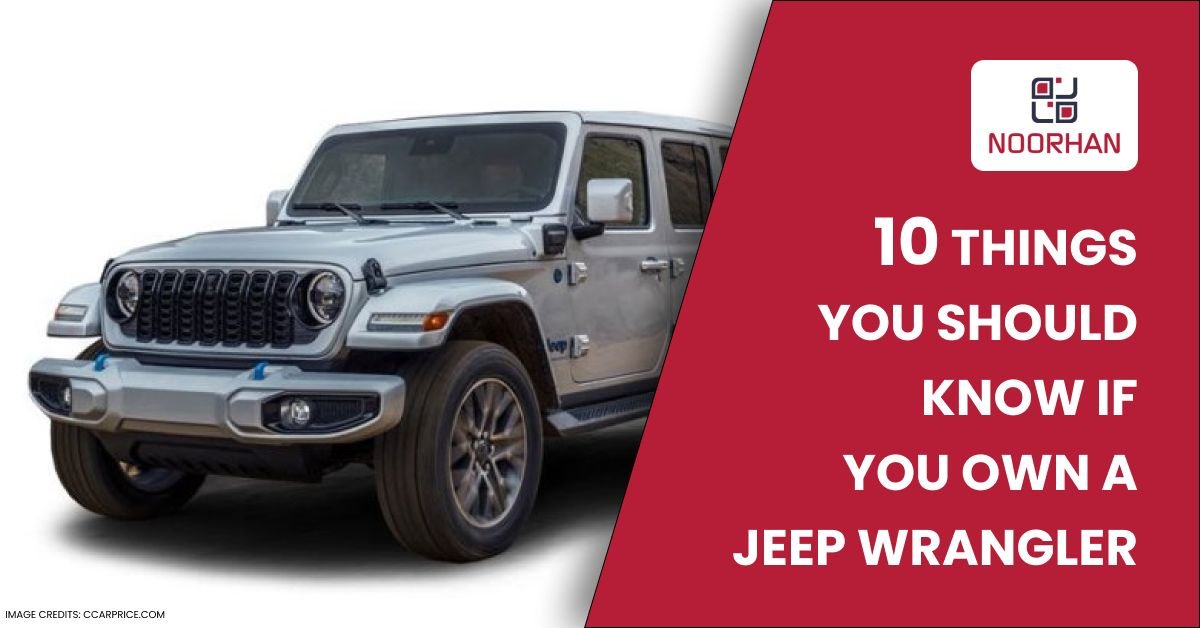The Dynamics of Car Axles: Understanding the Working of Constant Velocity Joints
Car axles take centre stage in the complex ballet that is a vehicle’s mobility, quietly directing the fluid motion we frequently take for granted. These modest parts are essential in transferring power from the engine to the wheels, allowing the car to move ahead. They are the unsung heroes of automotive engineering. The real wonder is the constant velocity joints, or CV joints, which improve this mechanical symphony. These joints allow the axles to bend and pivot while still moving at a constant speed, allowing both agile and controlled cornering and smooth and efficient driving on straightaways. Their importance cannot be emphasised because they take driving to a new degree of precision and comfort.
Table of Contents
- Introduction
- Basics of Car Axles and Their Function
- Introduction to Constant Velocity Joints (CV Joints)
- Inner Workings of CV Joints
- Types of CV Joints
- Working Principles of CV Joints
- Importance of CV Joints in Cars
- Common Issues and Maintenance
- Technological Advancements and Future Trends
- Conclusion
- Where can you buy Best Auto Spare Parts in Dubai?
Basics of Car Axles and Their Function
The foundation of a vehicle’s mechanical architecture comprises its unassuming but essential parts, the car axles. Axles’ primary function is to transmit power from the engine to the ground by acting as strong bridges that link the wheels. This crucial function guarantees efficient motion transfer, converting engine power into kinetic energy that drives the vehicle forward.
Car axles are responsible for much more than just power transfer, though. The axles face various obstacles in a dynamic driving environment that require flexibility and strength. The requirement for axial rotation during steering manoeuvres presents one such difficulty. The outer wheel follows a longer path through the turn than the inner wheel, resulting in different rotational rates. Car axles must have the flexibility necessary to modify each wheel’s rotation rate while maintaining a balanced power supply to account for this.
Axles also deal with the intricate world of suspension movement. The suspension technology enables independent wheel movement, which adapts to bumpy road surfaces and creates a smoother ride. Axles must manoeuvre smoothly across this terrain, bending and flexing to let the wheels rise and fall without interfering with power transmission.
Introduction to Constant Velocity Joints (CV Joints)
Constant Velocity Joints (CV joints) are essential to modern vehicle engineering because they guarantee that power transfer and agile movement coexist harmoniously. Thanks to these parts, the axle can keep a constant speed while flexing to meet various angles during steering and suspension. Because of the way they are made, CV joints are efficient and durable because they reduce friction and energy loss.
In a nutshell, they are the technological cornerstones that provide cars with the power and precision needed for every drive while allowing them to smoothly handle the road’s curves.
Inner Workings of CV Joints
The CV joint mechanics’ foundation comprises the outer joint, inner joint, bearings, and protective boots. While the inner joint ensures flexibility and torque distribution, the outer joint transfers power from the axle to the wheels. Bearings improve efficiency by reducing friction and enabling smooth rotation.
These essential components are protected from pollutants and kept lubricated by protective boots. Together, these parts work harmoniously to provide a symphony of rotational movement, enabling CV joints to easily change angles and ensuring a smooth and frictionless power transfer from the engine to the wheels.
Types of CV Joints
Constant Velocity Joints (CV joints) come in two main shapes: ball-type and tripod-type, each has unique characteristics and functions in the dynamics of moving vehicles.
Ball-Type Joints: These CV joints use spherical ball bearings to enable rotation at various angles. They are perfect for front-wheel-drive vehicles because of their design, which allows for a wide range of motion. The spherical shape guarantees smooth operation even when rotating at extreme angles. They are more suited to compact automobiles and mild driving conditions, although they have limitations in torque capacity and longevity under large loads.
Tripod-Type Joints: A three-lobed race inside a tripod-type CV joint is supported by three roller bearings. Thanks to this design’s optimized torque gearbox, they can withstand heavier weights, making them suitable for heavy-duty vehicles like trucks and SUVs. Although their range of articulation is somewhat narrower than ball-type joints, the compact form assists in efficiency and toughness.
The individual requirements of a vehicle’s design and use determine which CV joint types should be used. While tripod-type joints excel in heavy-duty situations demanding durability and torque transmission, ball-type joints provide increased flexibility for cars prioritising manoeuvrability.
Working Principles of CV Joints
In a variety of driving circumstances, CV joints display complex mechanics. They keep their speed and angle constant when moving straight, which reduces energy loss. The CV joints adjust when the vehicle turns, allowing the wheels to spin at various speeds while maintaining even power distribution. They adjust to the vertical motion of the wheels during suspension movement, ensuring smooth power transfer. CV joints protect efficiency and longevity by reducing friction and wear through their specialised design. These joints’ clever innovation highlights their ability to balance power transmission, mobility, and durability in the constantly varying dynamics of vehicular motion.
Importance of CV Joints in Cars
CV joints are crucial to maintain continuous power distribution to wheels during turns and rough terrain. They guarantee uniform torque distribution while reducing energy loss and preserving traction under various driving circumstances. In addition to assisting with propulsion, CV joints improve steering control and responsiveness by allowing wheels to move independently.
They play a crucial role in enhancing driving comfort overall by absorbing disturbances in the road surface, resulting in a smoother and more pleasurable ride. Thus, these understated yet crucial parts are the hidden heroes that combine power, stability, and comfort to improve every driving experience.
Common Issues and Maintenance
Common issues with CV joints, including as joint wear and boot damage, can cause contamination and reduced performance. It is essential to regularly check boots for tears and cracks to stop dirt and moisture intrusion. High-quality lubricants can be used to prevent wear and tear.
Regular maintenance ensures the early identification of problems, including listening to odd noises made during turns. The lifespan of CV joints can be increased by promptly addressing issues to avoid expensive repairs. Drivers can enjoy continued efficiency and prevent potential roadside difficulties by taking good care of these components.
Technological Advancements and Future Trends
Advances in CV joint technology have recently revolutionised designs and materials, improving both performance and durability. High-strength metals and cutting-edge coatings are advanced materials that increase resistance to wear and corrosion. Tighter tolerances produced by precision manufacturing techniques lessen friction and energy loss.
Furthermore, sophisticated lubricating systems enable reliable performance even under adverse circumstances. These improvements not only increase overall vehicle efficiency but also the lifespan of CV joints. Innovations in CV joints that promise smoother rides, better fuel efficiency, and longer vehicle lifespan will help the driving experience as technology advances.
Conclusion
Analyzing automobile axles and constant velocity joints has revealed the complex interplay between flexibility, efficiency, and power transfer. The cornerstone of a vehicle’s motion is its axles, and constant velocity joints are the unseen designers of a smooth driving experience. The design of current vehicles relies heavily on CV joints, which also improve stability and comfort while preserving power delivery during turns.
Knowing how they work provides a profound insight into the subtle complexity that drives our progress. Let’s keep in mind that every travel’s smooth, quick, and dynamic nature is ensured by a symphony of engineering perfection that lies beneath the surface of the roads of tomorrow.
Where can you buy Best Auto Spare Parts in Dubai?
Auto Spare Parts are available at different suppliers and dealers of auto spare parts in Dubai. Noorhan is amongst the leading brands that deal with genuine auto spare parts and aftermarket parts for different car brands, including BMW, Mercedes, Audi, Porsche, Honda, Toyota, Nissan, Mazda, Jeep, Ford, and other Japanese, European, American, Korean, luxury cars brand.
If you’re looking to replace your old Auto Spare Parts with high-quality aftermarket parts in Dubai, Noorhan can help you.



























































